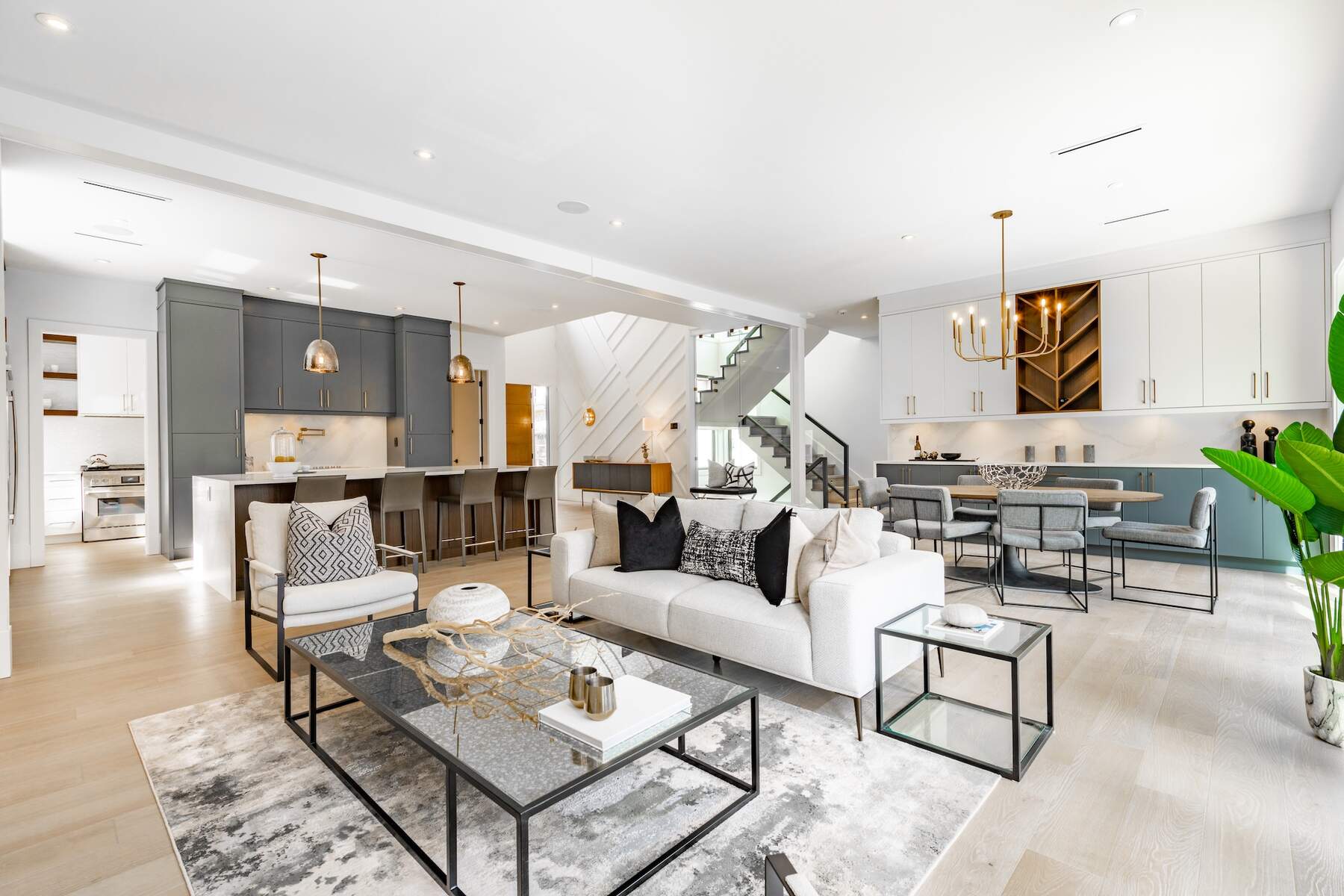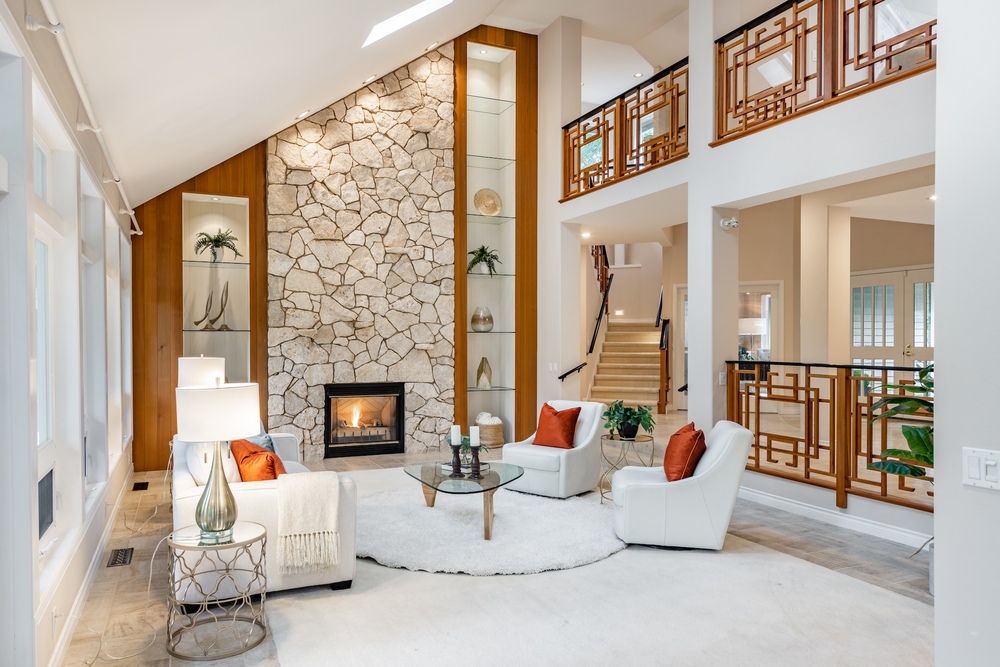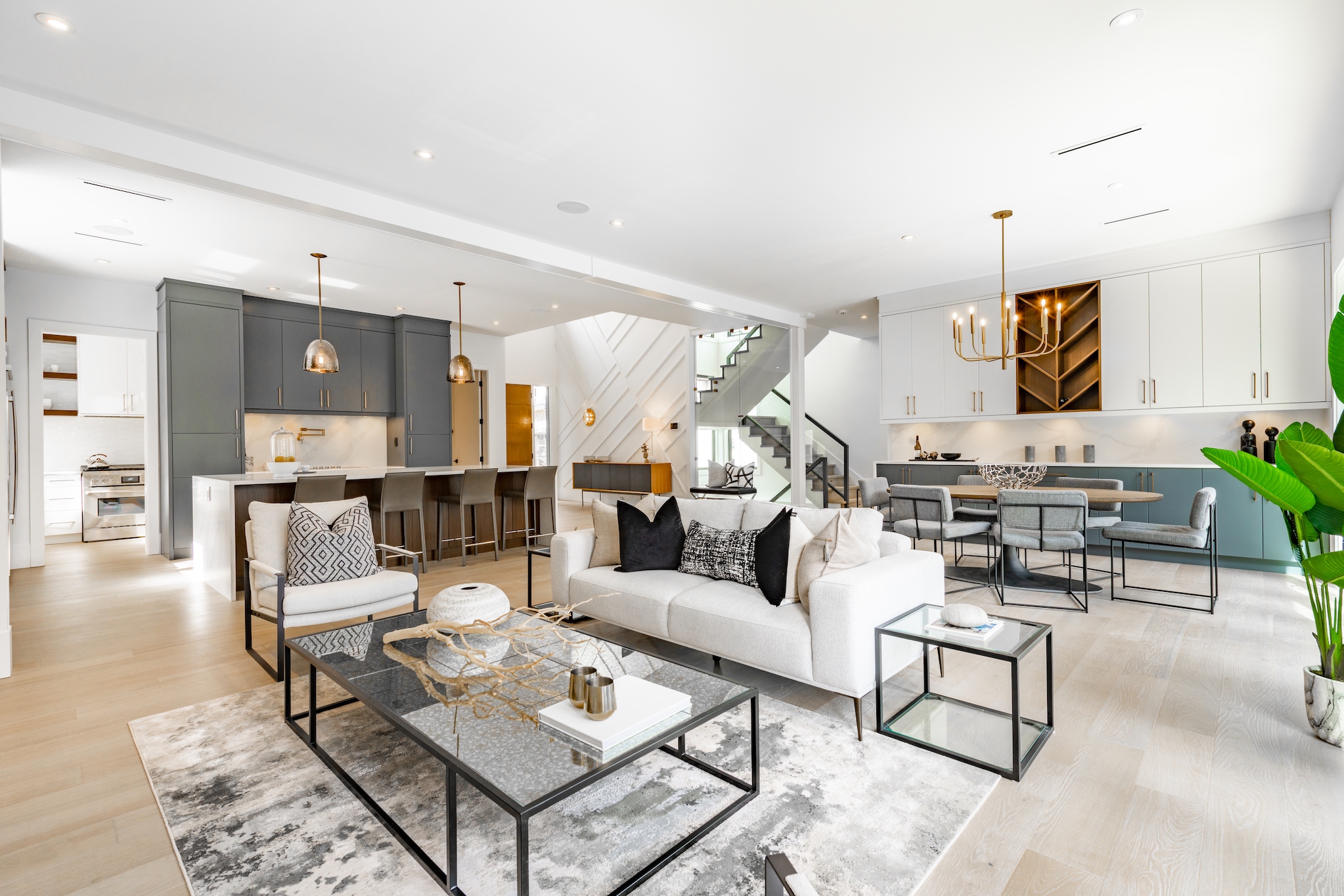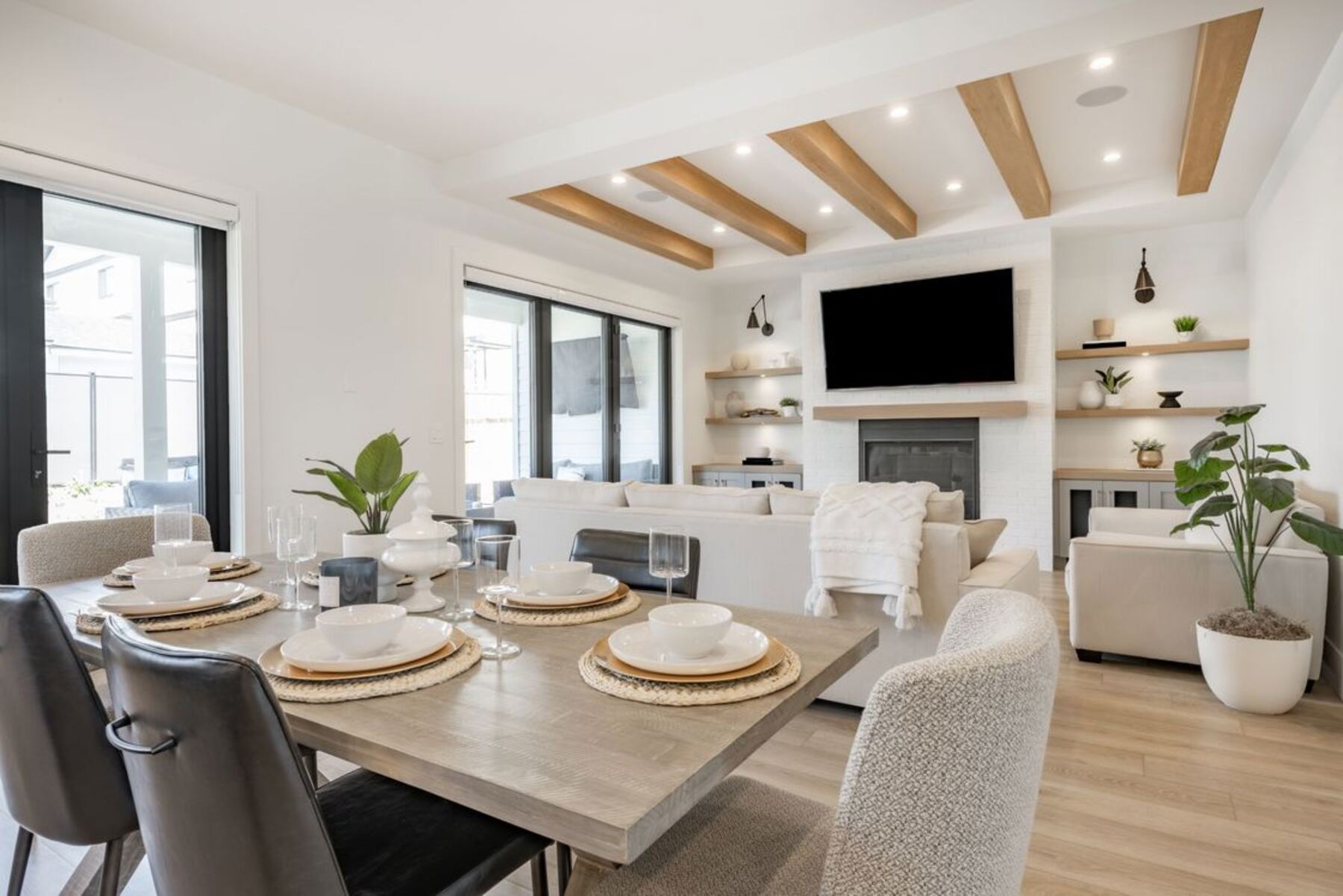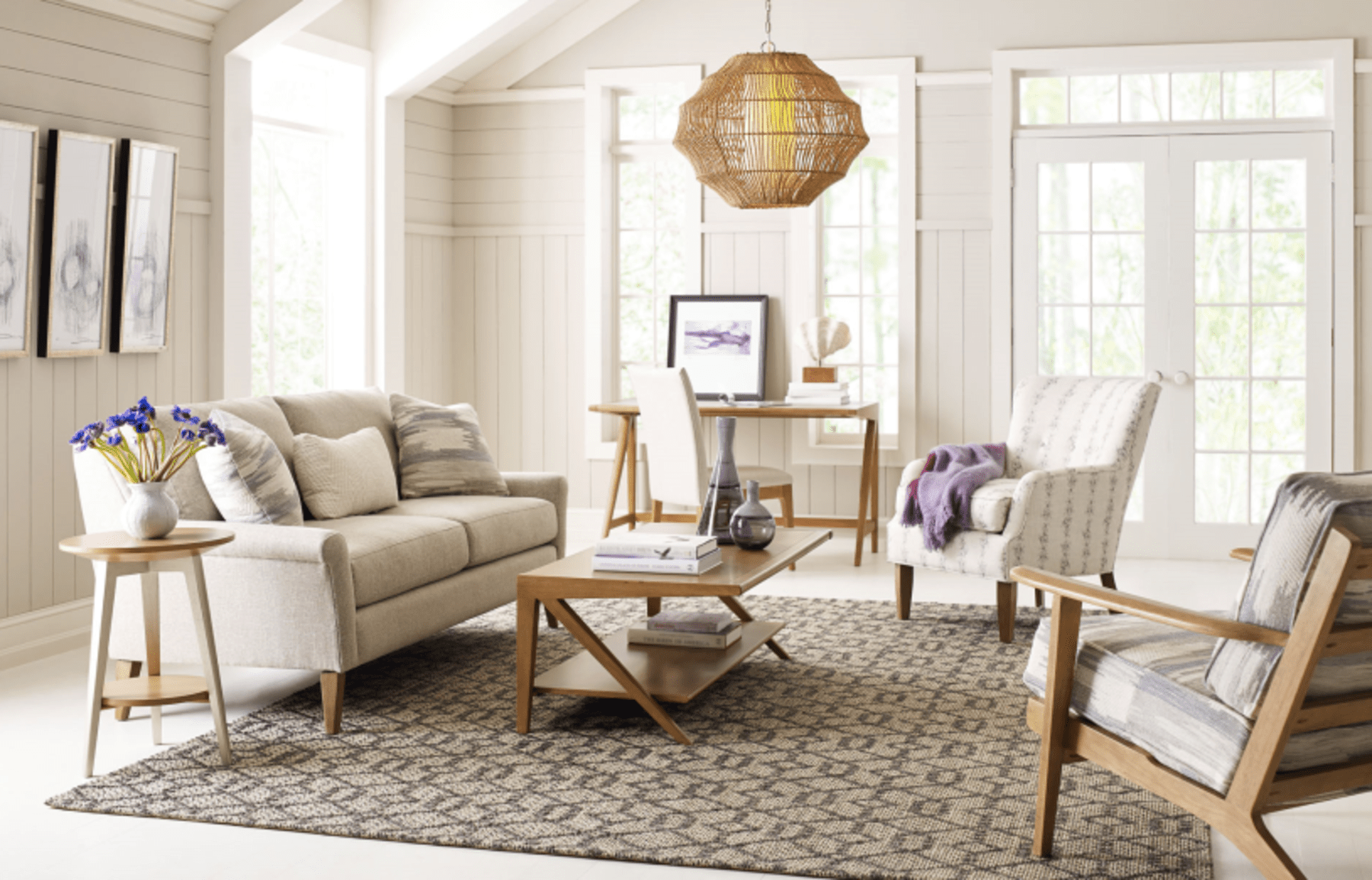Ever wondered about a design style that resonates with both form and function? As a home and interior designer, I understand the need for a space that harmonizes aesthetics and utility. If you haven’t heard about industrial interior design but like various elements of industrial spaces, it might be just what you’re looking for.
Let’s dive into what industrial interior design is and see if it’s an aesthetic that resonates with you!
What is Industrial Interior Design?
Industrial Interior Design is a style that draws inspiration from industrial spaces, such as warehouses and factories. It embraces raw materials like exposed brick, steel, and concrete, often leaving structural elements on display.
This aesthetic combines a rugged, utilitarian vibe with modern, sleek finishes, creating a unique blend of functionality and visual appeal. Open spaces, high ceilings, and a neutral color palette contribute to the overall industrial charm.
Key Elements of Industrial Interior Design
While industrial design champions simplicity and minimalism, it boasts these defining elements that serve as an inspirational compass for decorating endeavors:

- Exposed Rawness: Industrial interiors thrive on the authenticity of exposed brick walls and untreated concrete floors. These untouched elements exude an unrefined charm, showcasing their natural beauty and character through imperfections.
- Metal Dynamics: Metal features prominently, lending an edgy, functional vibe. From exposed pipes to weathered furniture pieces, metal accents infuse an industrial grit that marries ruggedness with purpose.
- Sustainability: Sustainability finds a home in industrial design through repurposed materials like salvaged wood and vintage fixtures. These elements add character and narrate a story, echoing environmental consciousness.
- Open Floor Plans: Open floor plans define industrial spaces, allowing an airy, loft-like feel. Generous windows and skylights flood the area with natural light, enhancing the sense of spaciousness.
- Neutral Color Palette: Neutral tones like whites, blacks, grays, and browns create a sophisticated backdrop. They provide a canvas for the industrial essence to shine, emphasizing the rawness of the design elements.
- Vintage Personality: Vintage furniture and accessories add warmth and character, creating a delightful contrast to the raw industrial backdrop. They infuse history and charm into the space.
- Minimalist Fusion: Minimalistic furniture, like leather sofas and reclaimed wood pieces, blend functionality with aesthetic appeal. These pieces epitomize the marriage of utility and elegance.
- Industrial Lighting: Industrial lighting fixtures such as pendants, exposed bulbs, and factory-style lamps illuminate and contribute to the design’s overall industrial allure, casting captivating shadows on the rugged elements.
The History of Industrial Interior Design
Industrial interior design found its genesis in the early 20th century, from innovative repurposing of old factories and warehouses into residential sanctuaries.
These spaces had rugged aesthetics—exposed brick walls, resilient concrete floors, and prominent metal accents. They crafted a distinctive ambiance that resonated deeply with artists, bohemians, and creatives seeking an unconventional canvas for their endeavors.
An Artistic Evolution
This transformation wasn’t merely about adapting industrial spaces for residential use. It was a movement that elevated the essence of rawness into an artistic expression. The weathered textures, once functional, became revered facets that breathed life and character into interiors.
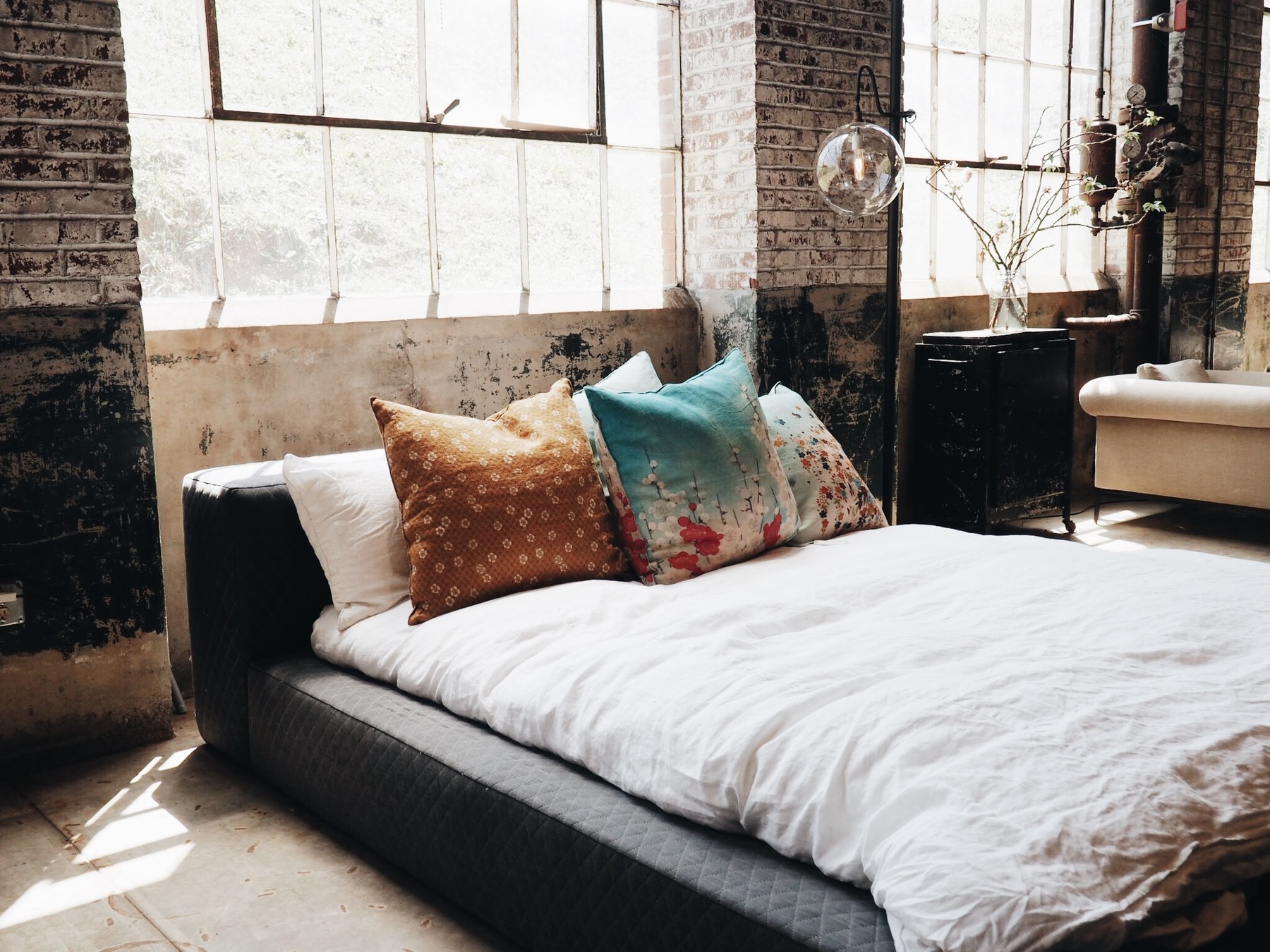
Embracing these industrial remnants marked a departure from traditional design norms, championing authenticity and unrefined beauty.
Embracing Imperfections
Industrial design’s allure lies in its celebration of imperfections, honoring the untamed textures and structural elements narrating a space’s past story. What was once perceived as aging and functional transformed into sought-after elements, influencing modern interior aesthetics.
This enduring narrative continues to captivate contemporary designers and homeowners, embodying an ageless charm that echoes the innovative spirit of its inception.
What is the Future of Industrial Interior Design?
Sustainable practices mark the future of Industrial Interior Design, integrating recycled materials and repurposed spaces. As technology advances, Industrial Design will seamlessly incorporate smart home features while preserving its vintage allure.
Industrial Design evolves with hybrid aesthetics, blending styles, artisanal touches, and vibrant colors. Modular, adaptable elements address urban living demands. Introducing biophilic elements and vibrant hues marks a dynamic shift, ensuring Industrial Design stays relevant and appealing.
The Charms of Industrial Interior Design
Industrial interior design unfolds a tapestry of advantages, transcending conventional aesthetics:
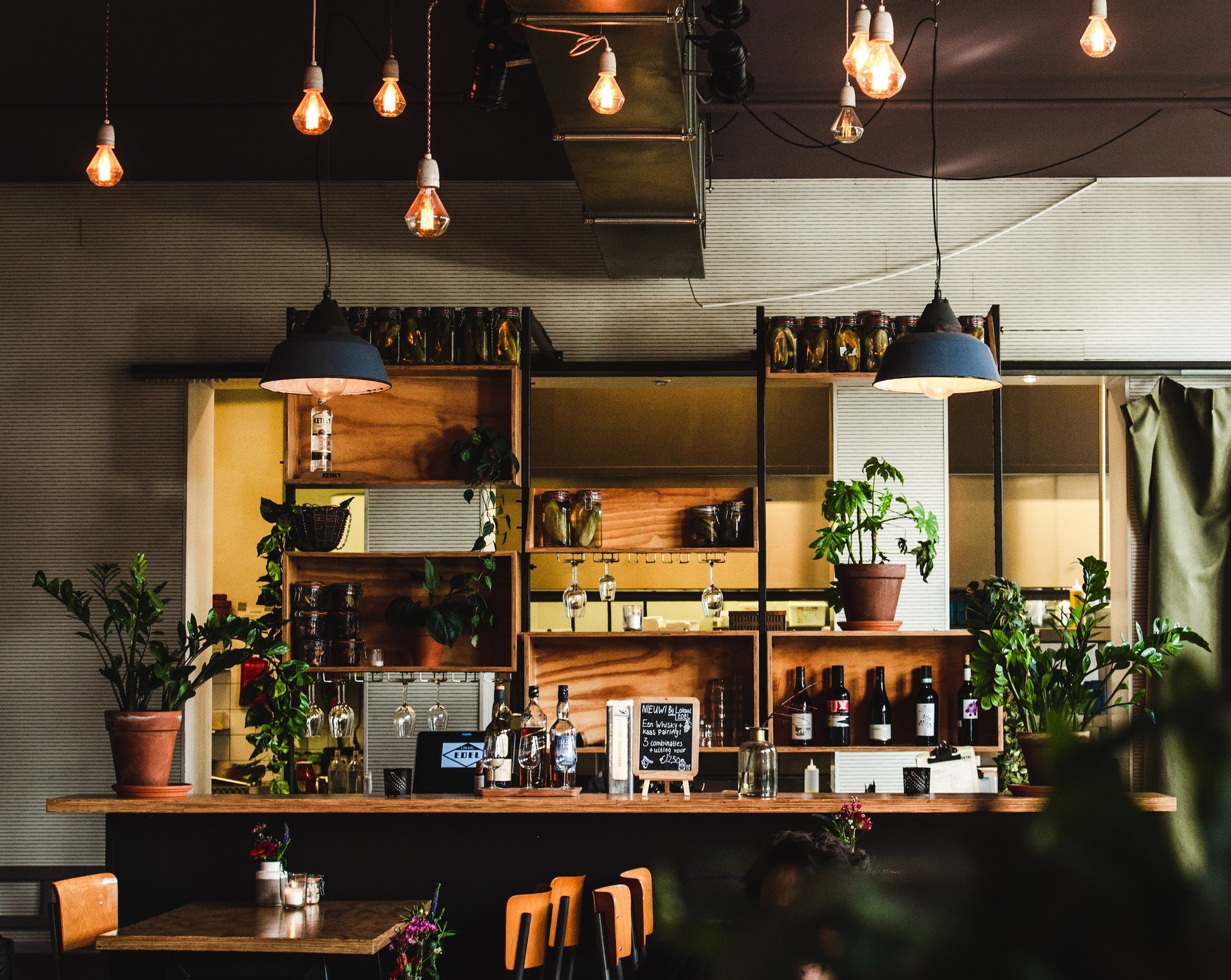
- Authenticity Redefined: The essence of industrial design lies in its authenticity, weaving a story through weathered textures and exposed elements. The unrefined yet charismatic aesthetic speaks volumes about character and history, inviting a sense of depth and narrative to spaces.
- An Atmosphere of Liberation: Beyond aesthetics, industrial spaces redefine the concept of roominess. Their open floor plans and absence of confined partitions allow natural light to flood in, creating an expansive, liberating ambiance that transcends traditional boundaries.
- Where Form Meets Function: Functionality reigns supreme in industrial design. Every element, from fixtures to furniture, serves a practical role without sacrificing style. Purposeful placement and multifunctional pieces define a functional and aesthetically pleasing space.
- A Sustainable Approach: At its core, industrial design embraces sustainability. The ingenious use of repurposed materials, like salvaged wood and recycled components, reflects a resourceful approach, echoing environmental consciousness and responsible design practices.
- Adaptable Versatility: One of the most intriguing aspects of industrial design is its ability to adapt effortlessly. Whether in an urban loft or a countryside abode, its versatile nature seamlessly integrates into various environments, leaving an indelible mark that speaks of innovation and adaptability.
Modern Industrial Design
Modern industrial interior design has taken a noteworthy turn from its niche appeal to becoming a favored choice for homeowners and businesses. In its evolution, this style has retained its authentic, edgy vibe while skillfully infusing contemporary elements, creating a harmonious blend of old and new.
Incorporating modern design aspects, ranging from sleek finishes like polished metals and glossy surfaces to innovative, tech-infused accents such as smart home systems or minimalist lighting fixtures, adds a layer of sophistication without compromising the hallmark industrial character.
This seamless fusion of old-world ruggedness with modern refinement exemplifies industrial design’s adaptability and enduring charm in today’s dynamic architectural landscape.
Challenges in Industrial Interior Design
While industrial interior design offers numerous advantages, it also presents specific hurdles:
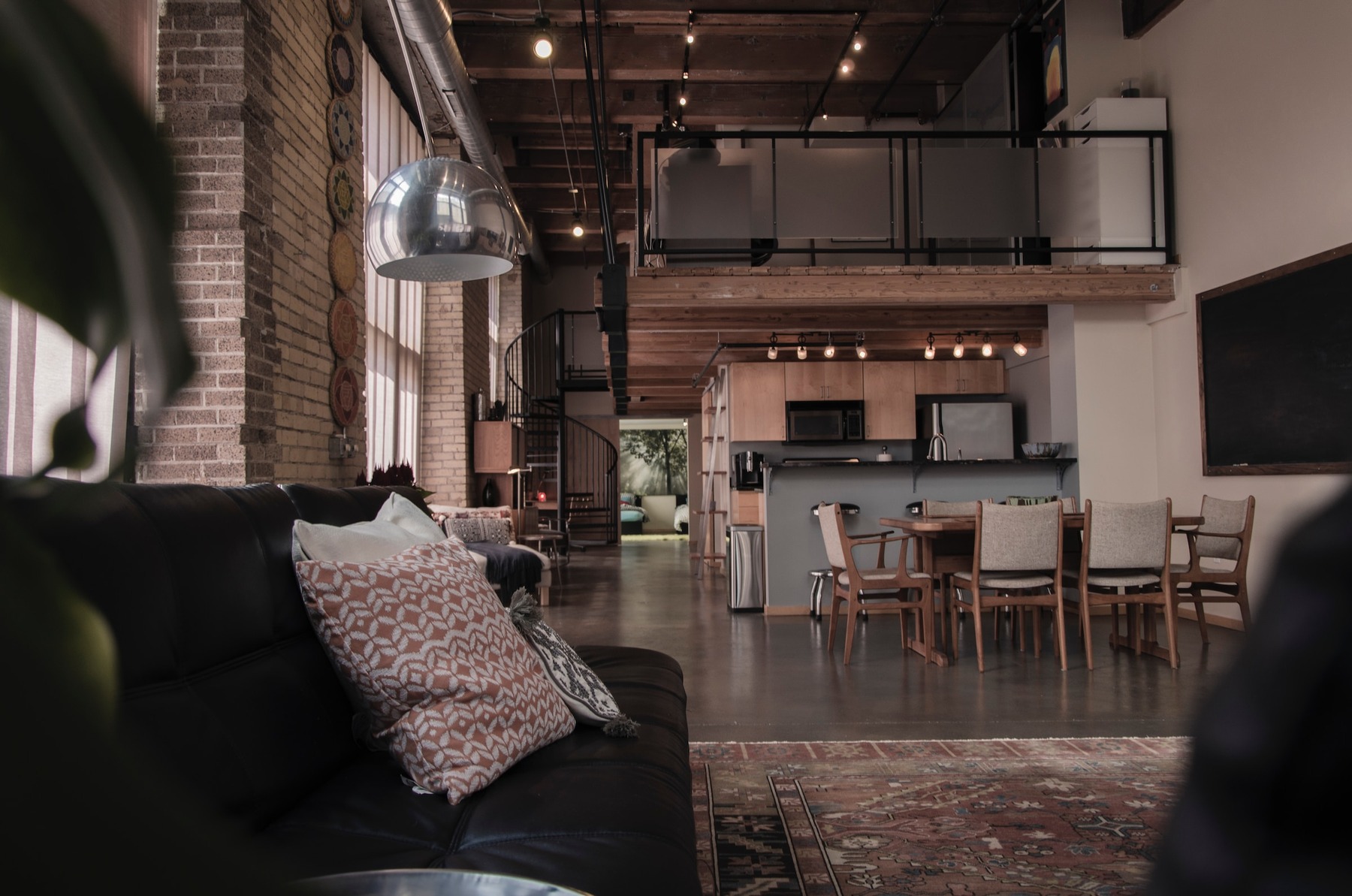
- Striking a Balance with Raw Elements: The raw and unfinished elements inherent in industrial design can occasionally create a cold and unwelcoming space. Finding the proper harmony between these elements and coziness remains a challenge.
- Illuminating Neutral Palettes: The prevalent use of a neutral color palette can sometimes make spaces feel dim and sad. Balancing this neutrality with strategic lighting solutions becomes essential to counteract any dreariness.
- Fusing with Traditional Settings: Integrating the industrial aesthetic into traditional homes poses its own set of challenges. Marrying the rugged industrial elements with the existing Vancouver home decor without feeling out of place demands a thoughtful approach and creative design solutions.
Crafting the Industrial Aesthetic: Designing Your Home’s Industrial-inspired Look
Crafting an industrial-style space requires a meticulous blend of simplicity, texture, and genuine authenticity, creating an ambiance that resonates with ruggedness and warmth. Exploring this design journey involves grasping the defining elements shaping industrial aesthetics’ raw charm. Here’s a comprehensive guide to navigating and mastering this captivating style:
Select Furniture with a Streamlined Aesthetic
Opt for furniture with a straightforward design and sturdy padding. Embrace the beauty of simplicity; think clean lines, minimal embellishments, and robust construction. This approach amplifies the industrial style’s raw, unrefined essence while ensuring comfort remains a priority.
Embrace Natural Textures and Neutral Color Palettes
Promote a natural palette with earthy tones, grays, browns, and blacks. Embrace the tactile allure of natural textures. Incorporate exposed brick walls, weathered wooden elements, or rough-hewn surfaces to infuse spaces with warmth and depth. These textures contrast visually, creating a captivating interplay within the neutral color scheme.
Highlight the Open-Concept Design Approach
An open layout is the canvas upon which industrial style thrives. Opt for spacious, uncluttered areas that flow seamlessly from one functional zone to another. Allow raw materials and unadorned finishes to define each space within this open setting, fostering a sense of continuity and expansiveness.
Embrace Raw Materials and Textures
Select furniture and accessories crafted from raw, rustic materials. Think untreated steel, reclaimed wood, distressed leather, and recycled elements. In their unrefined state, these textures evoke a sense of authenticity and character, infusing spaces with contrast and warmth.
Unpolished finishes tell stories of craftsmanship and history, adding layers to the overall ambiance.

Mastering the industrial style involves a delicate balance between minimalism and authenticity. It’s about stripping back to the basics while embracing the inherent beauty of raw materials. The interplay between simplicity, natural textures, and a neutral palette creates spaces that exude rugged charm and inviting comfort, capturing the essence of industrial design in every corner.
Related Questions
What Are the Key Characteristics of Industrial Interior Design?
Industrial interior design embodies several defining elements: Exposed brick walls, concrete floors, metal accents, reclaimed materials, vintage furniture, and a neutral color palette contribute to this aesthetic.
How Can I Incorporate Industrial Design Into My Home?
Emphasizing raw materials like exposed brick and metal accents, seeking unique vintage or reclaimed furniture from flea markets or salvage yards, utilizing a neutral color scheme primarily consisting of whites, blacks, and grays, and introducing pops of color through industrial-inspired accessories can infuse the industrial aesthetic into your space.
What Are Some of the Benefits of Industrial Interior Design?
The allure of industrial design encompasses Its unique and stylish appearance, durability, and easy maintenance, making a distinctive statement. Its adaptability spans various spaces—from lofts to offices—and across diverse budgets, making it a versatile and practical choice for many homeowners.
Conclusion
Adopt industrial design by opting for robust furniture with simple designs, promoting natural textures and neutral colors. Choose raw materials like rustic wood and untreated steel for a personalized, durable home ambiance.



